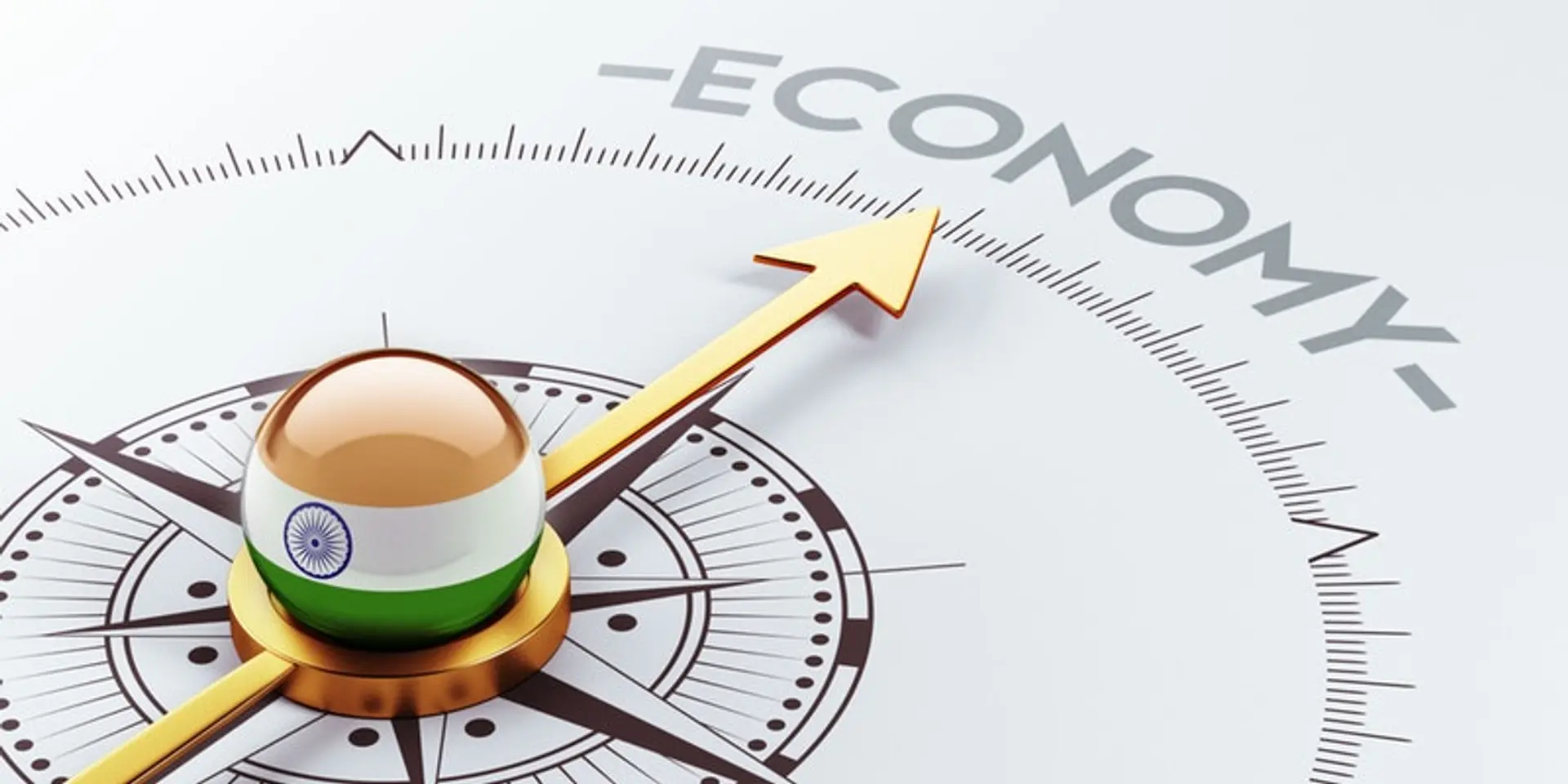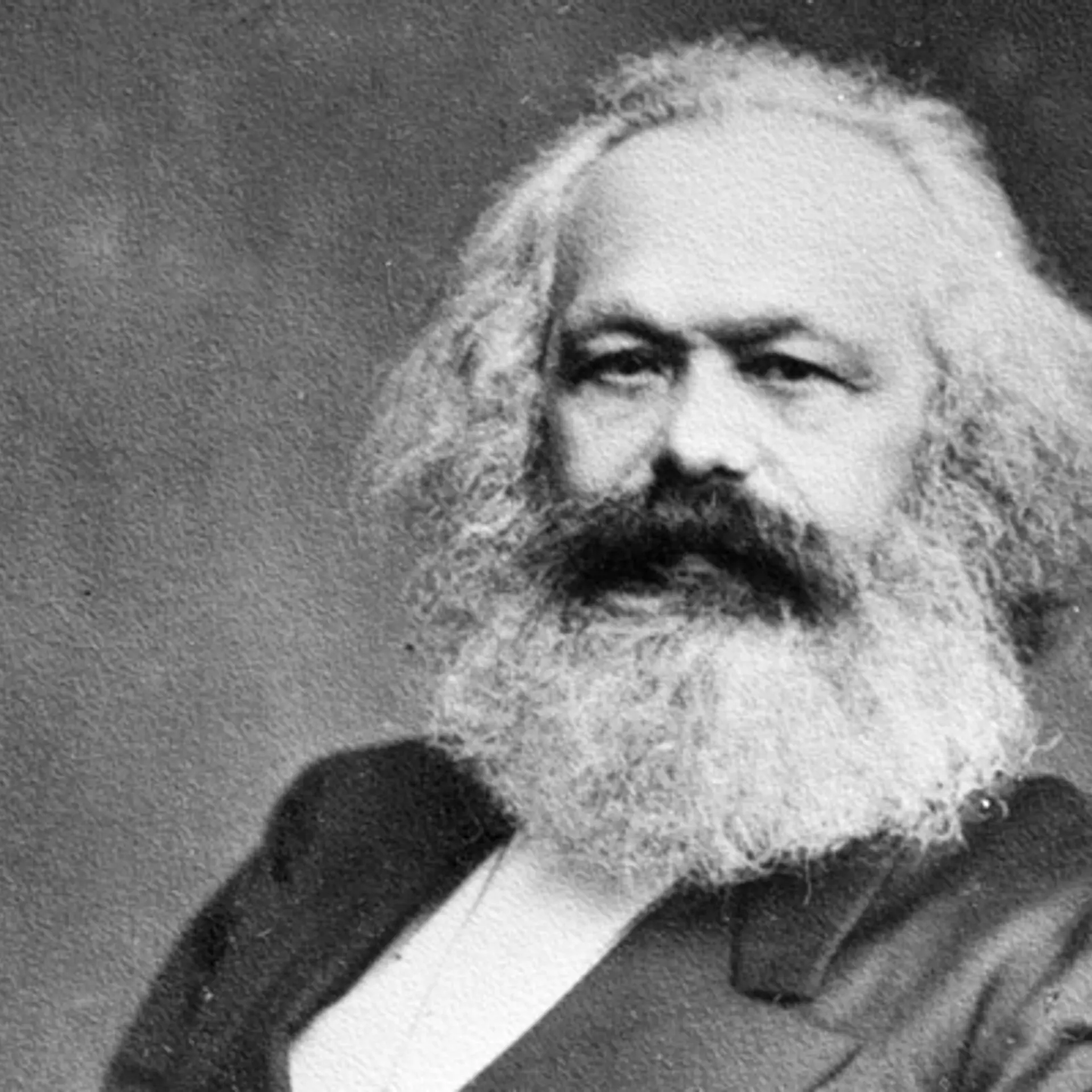Beyond the metros: Business growth in Tier II cities will power India’s journey to $30T economy
A challenge that has persisted is the lack of access to capital. When it comes to financing, metro-based businesses are still widely favoured, compared to those from non-metros.
India is on track to become the world’s fourth-largest economy by 2025. It is also rapidly urbanising with one-third of its total population living in cities.
In fact, India’s leading metros of Delhi and Mumbai have crossed populations of 34 million and 22 million respectively. There is no surprise then that there are about 65 cities in India that hold a population of over 1 million people.
This is a clear indicator that there is a vast amount of economic potential in cities beyond the 9 metros in the country. Based on the level of development and urbanisation, India’s cities are categorized into Tier I, II and III.
The economic boom, along with the growing middle class, has also driven household consumption to nearly double in the past decade to $2.1 trillion. Much of the consumer demand is met locally by India’s 64 million micro, small, and medium enterprises (MSMEs), which contribute to nearly 30% of its GDP.
There is no doubt that this sector will continue to rise to meet the growing consumption that is expected to cross $4 trillion by 2030. Making this increasingly viable is the ability for MSMEs to now thrive in Tier II and III cities and not be limited to fighting for the same resources in top metros.
Why MSMEs thrive in Tier II cities
1. Smartphone and internet penetration: With the tech transformation in the country being accelerated by multiple factors, Tier II cities have been quick on the uptake of digital financial services, driving extensive financial inclusion. Internet penetration is widespread in urban India with the top 9 cities commanding 33% of the active internet users. However, small metros and towns have caught up, with 32% penetration.
Digital accessibility has reached the far corners of Tier II cities, with high-speed internet connectivity, the proliferation of smartphones, and government initiatives like Digital India have collectively bolstered the digital infrastructure.
This has enabled MSMEs based in these cities to tap into ecommerce, digital marketing, and online financial services, effectively leveling the playing field with their counterparts in Tier I cities. The ability to operate and compete on digital platforms has expanded their market reach, giving them access to untapped customer segments, and significantly increased their operational efficiency.
2. Lower operational costs: According to data from EY, lower costs of talent and infrastructure in Tier II cities, compared to Tier I cities, are contributing to a reduction in the total cost of operations for businesses, fostering a desirable business environment.
The cost factor is a significant one where MSMEs are concerned, as they typically operate on limited liquidity and have fewer resources at their disposal. Being able to access skilled labour at lower costs is a major advantage for these businesses, as it lowers expenditure on overheads like rent and maintenance.
Tier II cities offer these benefits, as well as access to cheaper raw materials and equipment in certain cases. Bringing down costs allows MSMEs to invest in long-term business growth plans, helping them grow sustainably.
3. Ease of doing business
Historically, businesses in smaller cities have faced various bottlenecks in terms of reach because of compliance and logistical hurdles. However, substantial improvements have taken place with regard to increasing ease of doing business for these companies. The GST roll-out simplified and unified the tax structure, enabling easier market expansion for MSMEs.
It also streamlined compliance with digital processes, easing compliance for MSMEs from non-metros. On the logistics front, improved transportation infrastructure, such as the development of highways, dedicated freight corridors, and regional airports, have revolutionized logistics in Tier II cities.
Government initiatives have enhanced connectivity and accessibility, resulting in more efficient supply chains. This has reduced costs and delivery times, allowing MSMEs from these cities to serve both domestic and international markets more effectively.
Similarly, the rise of ecommerce has allowed these businesses to reach a broader customer base beyond local markets through cost-effective marketing, streamlined operations, and access to digital payment systems.
A shift in perspective
Rising economic growth and access to better infrastructure also translate into an increase in entrepreneurialism. Between April and October last year, close to 54,000 new companies were formed. This is also true for MSMEs, with 3.16 crore of them being registered between July 2020 and December 2023.
There has also been a marked shift in the attitude towards entrepreneurship in India over the past few decades, particularly towards small businesses. Whereas once it was considered something that people pursued by default if they hailed from a business family, or took up out of necessity, now the outlook has shifted to regarding is a widely accepted choice of profession. It’s even seen as an admirable choice made by someone following their passion to build something from scratch or pursue an ambitious goal.
In recent years, this has been further cemented by influences like Shark Tank India, which has given a platform to a number of start-ups hailing from non-metros.
Gwalior-based Ayurveda brand Amrutam was featured on the show and showcased its community-building efforts through mental health podcasts and video documentaries. In a similar vein, littlebox, a fashion brand from Guwahati, obtained funding from Shark Tank India after the founders emphasised their dedication to their hometown and their goal of inspiring local youth towards entrepreneurship.
In fact, Hammer Lifestyle, touted as one of the most successful businesses featured on Shark Tank, is based in Panipat.
This widespread cultural acceptance of small businesses, particularly from non-metros, as a valuable segment bodes well for MSMEs. It translates into more visibility and engagement with new customer bases, as well as more ease in terms of accessing resources like financial services.
One major challenge persists
While several factors have converged to provide MSMEs in Tier II and III cities a fertile ground for flourishing, there are a few hurdles that still need to be addressed.
One challenge that has persisted is the lack of access to capital. When it comes to financing, metro-based businesses are still widely favoured, compared to those from non-metros. This is demonstrated by the fact that while close to 50% of recognised startups in India are based in Tier II and III cities, close to 90% of the capital infusion is directed to businesses based in Tier I cities like Bengaluru, Mumbai, and Delhi-NCR. In fact, a survey by Primus Partners highlights that over 40% of startups in smaller cities identify funding as a major challenge.
This trend is changing as more entrepreneurs establish their businesses in Tier II and III cities. Prime among the ones who are underserved are the MSMEs who lack property collateral and struggle to access business financing.
There is a growing demand for financing from businesses based in Tier II and III cities in the country. Across the 100+ cities that we operate in, we have observed a notable increase in the demand for credit from non-metros.
In fact, in terms of disbursement, out of the top 5 cities, 3 are non-metros, namely Visakhapatnam, Coimbatore, and Pune. However, the problem of the missing middle persists, with the supply of credit falling short of the demand. There is a need to create viable channels for providing easy access to capital for these businesses for them to achieve their full potential.
India’s Tier and III cities have emerged as major growth drivers of the economy, fueled by thriving MSMEs. The contribution of these cities to the country’s GDP is projected to rise to around 45% by 2025. Equipped with evolving infrastructure and technology, as well as improved logistics and accessibility, MSMEs in Tier II and III cities are poised for exponential growth.
This marks a significant shift in the nation's economic landscape, as these businesses are directly responsible for income generation and job creation, in turn strengthening local economies. They contribute significantly to the GDP of the country, while also feeding into domestic supply chains and investing their earnings locally. They form the cornerstones of stronger communities.
As these cities continue to develop into powerhouses of growth, they are set to play a pivotal role in driving India's next level of growth. By tapping into the potential of these previously peripheral cities, India can ensure a more balanced and inclusive economic future, adding significant impetus to its journey to becoming a $30 trillion economy.
Hardika Shah, Founder & CEO, Kinara Capital
(Disclaimer: The views and opinions expressed in this article are those of the author and do not necessarily reflect the views of YourStory.)









